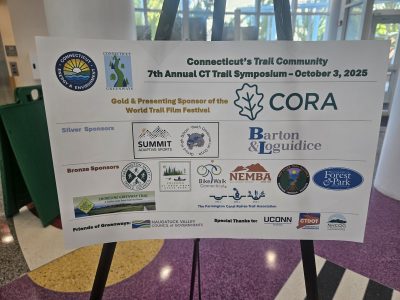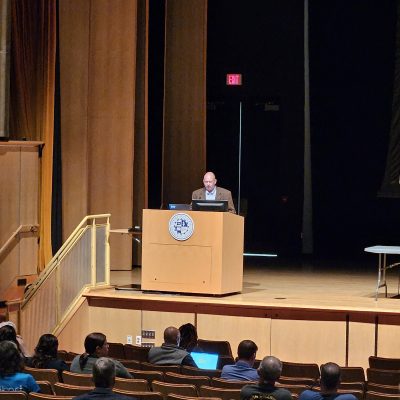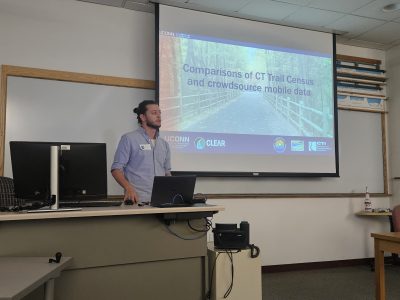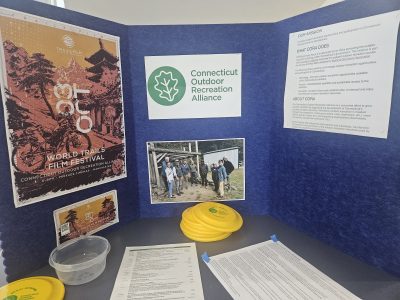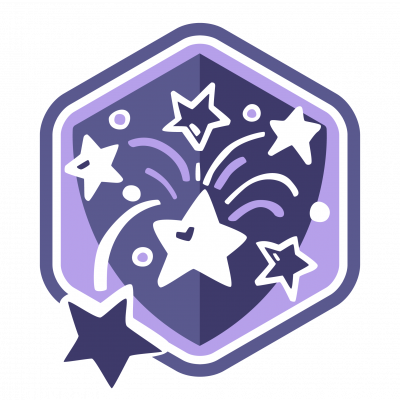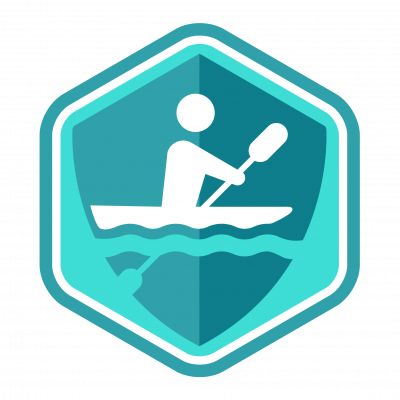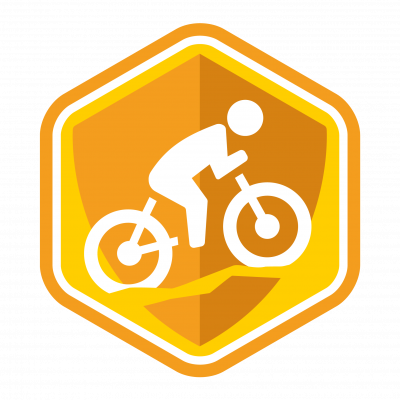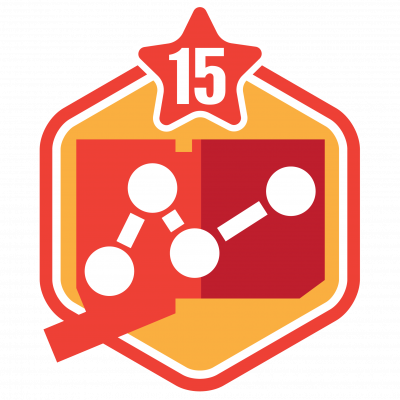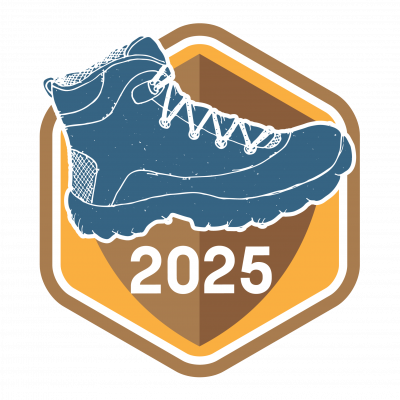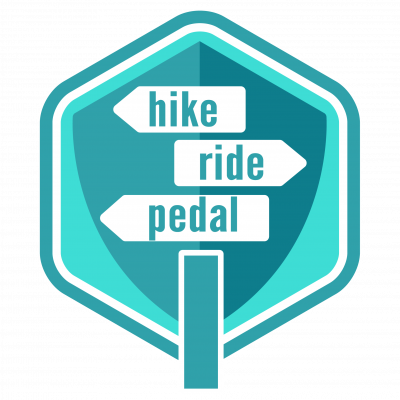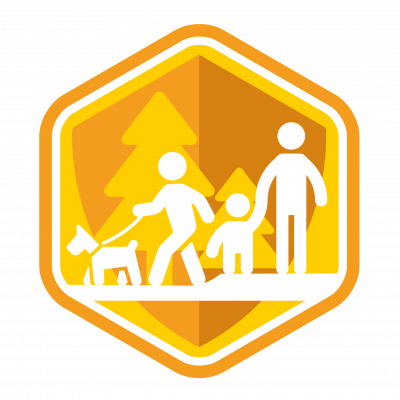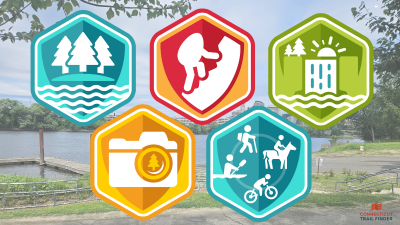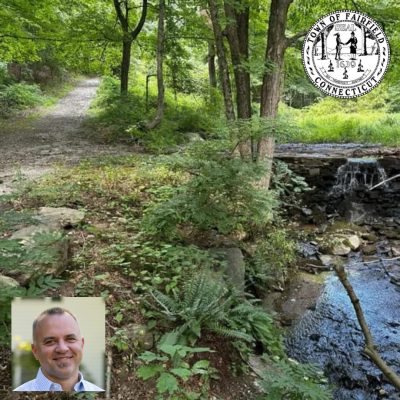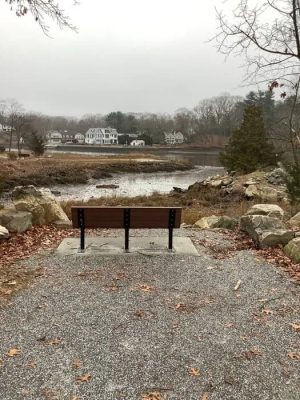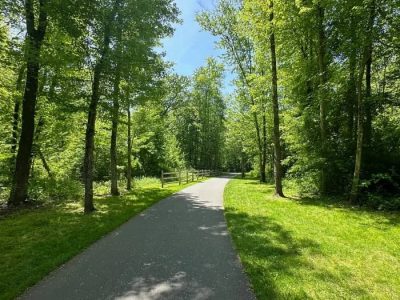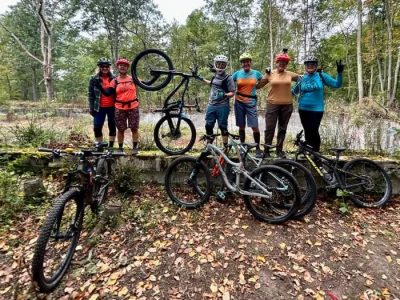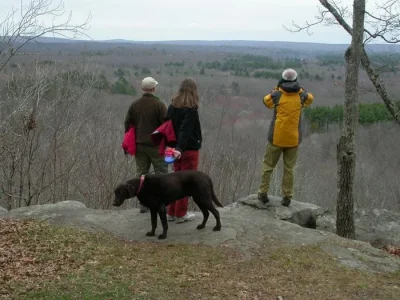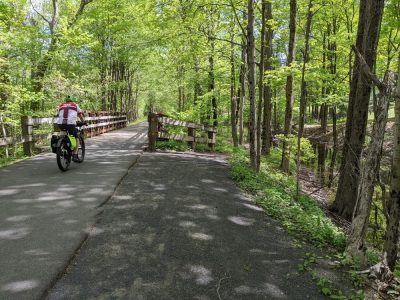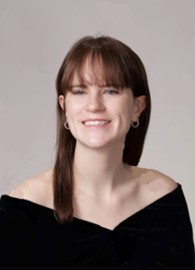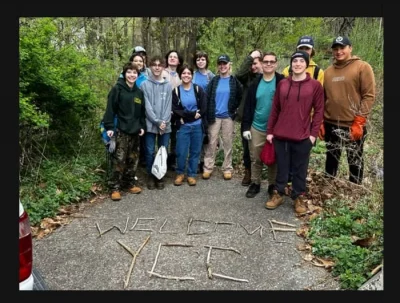
Say hi to Oxford High School’s Youth Conservation Corps (YCC), this week’s #FriendFriday stars and a very impressive trail work crew! The hard-working youth crew is led by Joe Lanier, Oxford High School science teacher and Oxford Conservation Commission member. He spoke to me about the background of YCC and sang the praises of the youth who make it possible.
About 20 years ago while working at Oxford High School leading students on field biology excursions into the neighboring forest, Joe was asked by Oxford Conservation Commission to develop trails in the Rockhouse Hill property that had been acquired by the town in 1998. The high school, in partnership with Oxford Conservation Commission and led by Joe, formed the YCC in 2008. From there, momentum was slowly built, along with the trails of what would become Rockhouse Hill Sanctuary – all developed by the students.
Word of YCC’s physical and social benefits spread among students and the program grew. During COVID-19, participation peaked as the value of outdoor time with friends was more important than ever. Now, students volunteer anywhere from a few trail work hours to 50 hours, an amount which earns them a paid internship. College internships are a newer addition – those who were on the crew in high school now have the chance to continue as a crew leader. With each new group of students, Joe has learned how to meet them where they are and make it an environment in which they can have fun, learn skills, and be proud of their accomplishments.
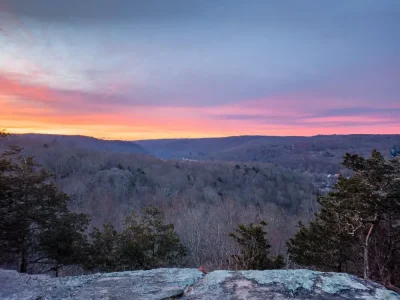
News of YCC and Rockhouse Hill Sanctuary trails has spread on social media. The multi-use trail system attracts all types of trail users. While various apps are popular for seasoned hikers and bikers, Joe saw publishing Rockhouse Hill on CT Trail Finder as important to help everyone – not just experienced users – find their trails. This ties in with the crew’s #1 goal of making the trails accessible for “EveryBody”!
Most of the program’s funding comes from grants and fundraising. Joe is confident that this model can and should be expanded to help other towns’ trail development, maintenance, and conservation efforts and to get youth involved in community. Stay tuned for Part 2 to hear more from the YCC crew leaders themselves about the program and the accessibility assessments the crew is currently working on!
